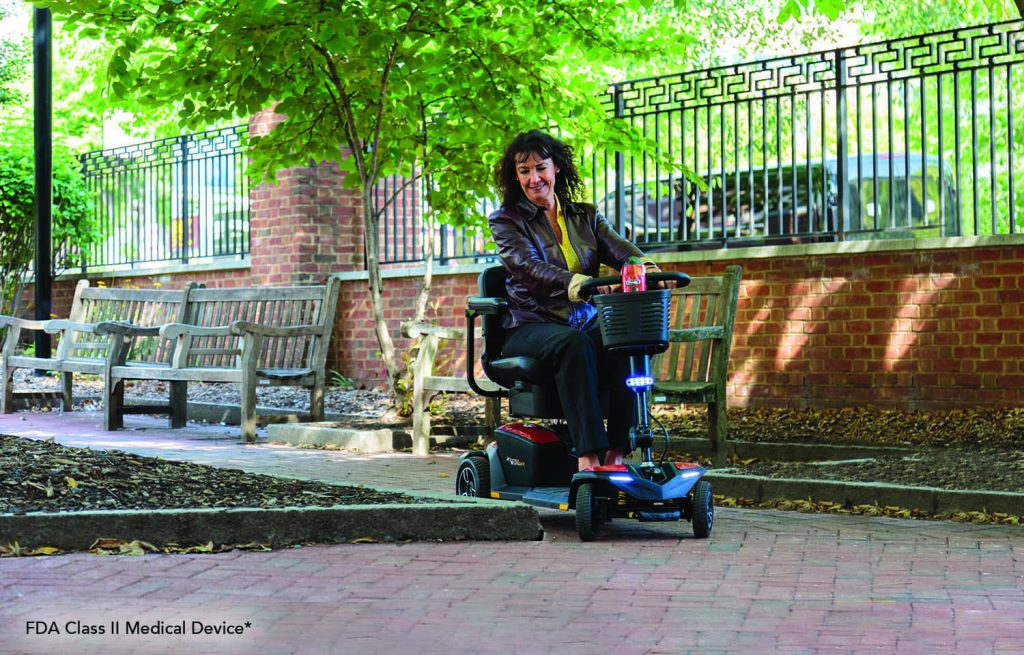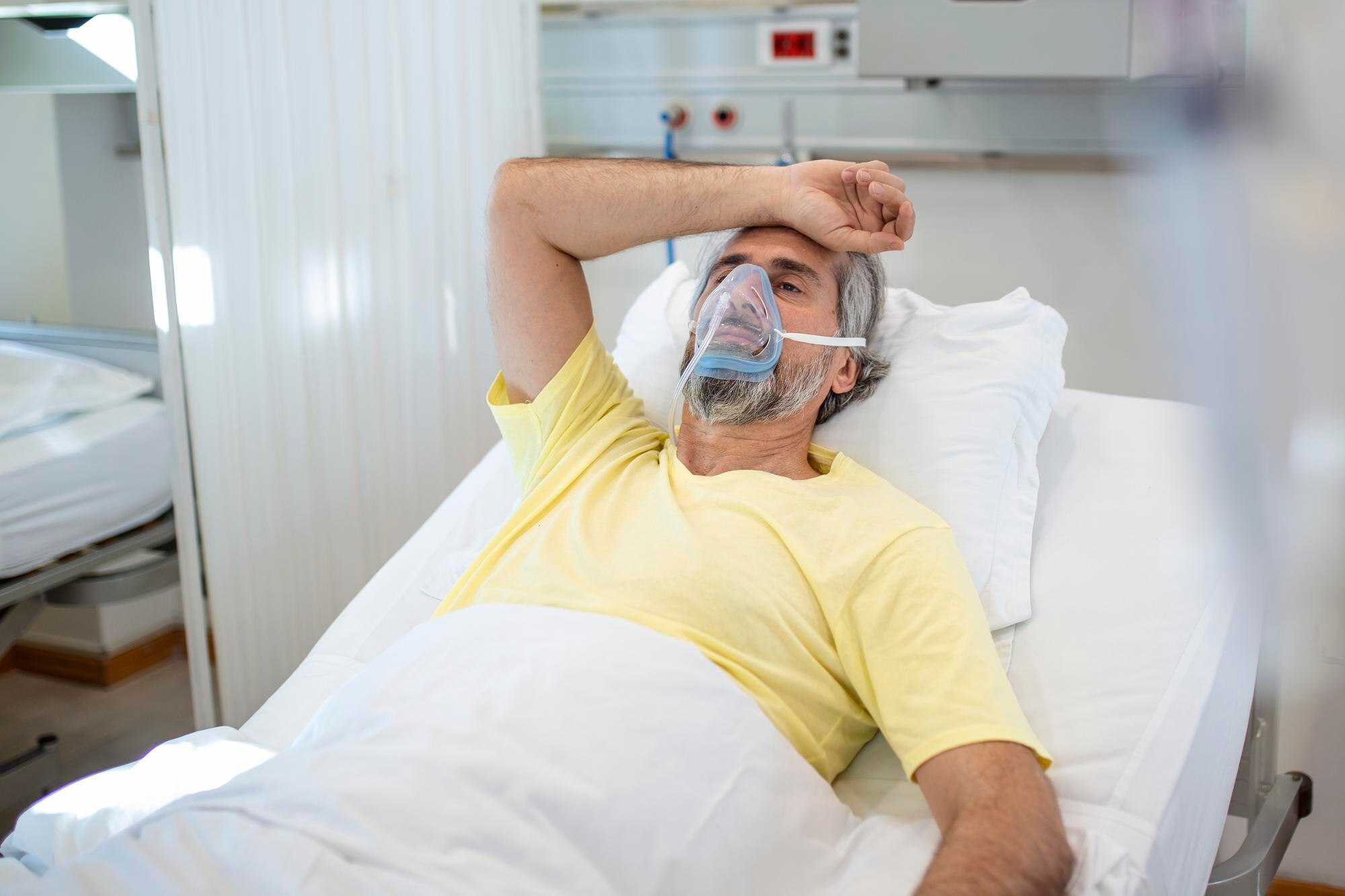After a decade of using an oxygen concentrator to manage my sleep apnea, I’ve learned a lot about what it takes to integrate this device into daily life. From initial challenges and adjustments to finding ways to make oxygen therapy comfortable and convenient, I’m here to share my honest review and tips for anyone just starting their journey with an oxygen concentrator or looking for ways to make it easier. Alongside these tips, I’ll also highlight some helpful resources that can support those of us who rely on oxygen therapy.
Why Oxygen Therapy? My Experience with an Oxygen Concentrator
Sleep apnea was a significant concern in my life. I experienced interrupted sleep, fatigue, and other health effects that, over time, were hard to ignore. When I was prescribed an oxygen concentrator, it was a relief to know there was a solution, but it also meant adapting to a new way of life. Over these past ten years, my oxygen concentrator has become a vital tool in helping me stay healthy, sleep better, and feel more energetic.
Here are some of the benefits and personal insights I’ve gained over the years:
1. Improved Sleep Quality
The most immediate benefit was my sleep quality. By using my oxygen concentrator, my blood oxygen levels stabilized, which allowed me to sleep through the night without waking up gasping for air. Over time, I noticed I was less tired during the day, which positively affected my mood, energy, and overall well-being.
2. Better Management of Symptoms
The concentrator provided the consistent oxygen flow I needed, especially at night. While I had to adjust to wearing nasal cannulas at first, I quickly found that the positive impact on my health far outweighed any minor discomforts.
3. Reduced Health Risks
With sleep apnea, there’s an increased risk of heart issues, stroke, and other complications if untreated. Using an oxygen concentrator has been a protective measure that helps me manage these risks and feel secure knowing I’m taking proactive steps for my health.
Challenges and Solutions with Daily Oxygen Concentrator Use
Like any long-term medical device, an oxygen concentrator comes with its own set of challenges. Below, I’ve shared my experiences along with practical solutions I’ve found helpful over the years.
1. Adjusting to Constant Oxygen Use
Wearing nasal cannulas every night took some getting used to. In the beginning, I often felt irritated by the tubing and found it distracting while falling asleep.
- Solution: Over time, I discovered that using a skin moisturizer helped prevent irritation from the tubing. There are also softer cannula options available. Additionally, I found that positioning the tubing over my head and securing it behind my ears reduced movement and discomfort.
2. Managing Noise Levels
The hum of the oxygen concentrator can be bothersome, especially in quiet settings. The noise took me a while to adjust to, as it wasn’t something I was accustomed to while sleeping.
- Solution: Placing the concentrator in a well-ventilated hallway or adjacent room helped reduce the sound. Some users I’ve met also recommend using a white noise machine to drown out the sound of the concentrator, which can make the environment more relaxing.
3. Mobility and Portability
Initially, I felt limited by my stationary concentrator, as it made traveling more complex and required planning.
- Solution: After discussing with my healthcare provider, I invested in a portable oxygen concentrator for outings and travel. It was a game-changer, allowing me to enjoy more freedom while still meeting my oxygen needs.
4. Handling Dryness and Irritation
Oxygen therapy can dry out the nasal passages and throat, which can become uncomfortable over time.
- Regular Maintenance: Be sure to keep up with the concentrator’s maintenance schedule. Clean or replace filters as recommended, as this ensures the device runs smoothly and maintains air quality. Many companies offer maintenance packages, and local medical supply stores can assist as well.
- Get Familiar with Settings: Familiarize yourself with your device’s settings and capabilities. Different concentrators have varying options, and understanding them can help you adjust for comfort and effectiveness, especially if you require varying oxygen levels.
- Consider Nighttime Routine Adjustments: I’ve found that a calming pre-sleep routine helps my body settle into using the concentrator. Going to bed at the same time, doing some light stretching, and creating a peaceful environment helps me fall asleep more easily while on oxygen.
- Connect with Others Using Oxygen Therapy: Finding online forums or local support groups has been a great way to exchange tips and find support. Hearing from others who also use oxygen therapy can be reassuring and provide new ideas for handling day-to-day challenges.
Community-Based Resources for Oxygen Therapy Users
Whether you’re newly adjusting to an oxygen concentrator or have been using one for years, various resources can help support your oxygen therapy journey, offering financial assistance, maintenance services, and transportation options.
1. Financial Assistance for Equipment
Oxygen concentrators and related supplies can be costly. Fortunately, there are programs available to provide financial assistance:
- Medicare and Medicaid: Medicare often covers a portion of the costs for oxygen concentrators when deemed medically necessary. Medicaid also provides coverage based on eligibility.
- Non-Profit Organizations: Organizations like the American Lung Association and the Patient Access Network offer grants or financial aid for individuals needing help with medical expenses, including oxygen therapy equipment.
2. Maintenance Services
Keeping an oxygen concentrator in top shape is essential for performance and longevity.
- Home Medical Equipment Providers: Many medical equipment providers offer maintenance packages or repair services for oxygen concentrators. Regular servicing can extend the device’s life and ensure reliability.
- Insurance Plans: Some insurance plans may cover part of the maintenance or replacement cost of concentrators. Check with your provider for any maintenance benefits.
3. Transportation for Medical Appointments
For oxygen concentrator users, transportation to medical appointments or oxygen refills can be challenging without a portable device.
- Paratransit Services: Paratransit services offer accessible transportation options, including door-to-door rides, for individuals with medical needs. These services are often available through local transit agencies.
- Volunteer Driver Programs: Non-profit organizations and local senior centers frequently offer volunteer transportation services, which can be a valuable resource for individuals who need regular transport.
Final Thoughts: Embracing Life with an Oxygen Concentrator
Living with an oxygen concentrator can initially feel overwhelming, but over time, it becomes a part of daily life. The benefits of better sleep, improved health, and peace of mind make it worthwhile. My journey with oxygen therapy has taught me that adaptability, patience, and a proactive approach to comfort and maintenance can go a long way in making oxygen therapy a positive experience.
If you or a loved one is considering oxygen therapy, I encourage you to give yourself time to adjust and explore resources that can make the transition easier. This journey is one of health, resilience, and support, and knowing that help is available can make a meaningful difference.
FAQs
1. Can I sleep with my oxygen concentrator in a different room?
Yes, many users place their concentrator in an adjacent room with long tubing to reduce noise. Just ensure the tubing length is safe and that your oxygen levels are effectively managed.
2. How do I find financial assistance for my oxygen concentrator?
Medicare, Medicaid, and some non-profit organizations offer financial assistance. Contact your insurance provider and explore local resources like the American Lung Association.
3. Is a portable oxygen concentrator worth it?
For individuals who travel frequently or need oxygen outside the home, a portable oxygen concentrator offers greater freedom. Discuss with your doctor if a portable device is suitable for your needs
4. What should I do if my oxygen concentrator is too noisy?
Try placing it in a well-ventilated hallway or room with long tubing. Adding a white noise machine or earplugs can also help mask the sound.
5. How do I handle nasal dryness from oxygen therapy?
Using a humidifier on the concentrator, saline nasal spray, and staying hydrated can help prevent dryness and irritation.
- Solution: Using a humidifier on my concentrator was immensely helpful. Many oxygen concentrators are compatible with humidifiers that add moisture to the air, reducing dryness. Staying hydrated throughout the day and applying saline nasal spray also helped alleviate irritation.
Practical Tips for New Oxygen Concentrator Users
Having used an oxygen concentrator for over a decade, here are some additional tips I’ve found invaluable for making daily life with the device easier and more comfortable:
- Regular Maintenance: Be sure to keep up with the concentrator’s maintenance schedule. Clean or replace filters as recommended, as this ensures the device runs smoothly and maintains air quality. Many companies offer maintenance packages, and local medical supply stores can assist as well.
- Get Familiar with Settings: Familiarize yourself with your device’s settings and capabilities. Different concentrators have varying options, and understanding them can help you adjust for comfort and effectiveness, especially if you require varying oxygen levels.
- Consider Nighttime Routine Adjustments: I’ve found that a calming pre-sleep routine helps my body settle into using the concentrator. Going to bed at the same time, doing some light stretching, and creating a peaceful environment helps me fall asleep more easily while on oxygen.
- Connect with Others Using Oxygen Therapy: Finding online forums or local support groups has been a great way to exchange tips and find support. Hearing from others who also use oxygen therapy can be reassuring and provide new ideas for handling day-to-day challenges.
Community-Based Resources for Oxygen Therapy Users
Whether you’re newly adjusting to an oxygen concentrator or have been using one for years, various resources can help support your oxygen therapy journey, offering financial assistance, maintenance services, and transportation options.
1. Financial Assistance for Equipment
Oxygen concentrators and related supplies can be costly. Fortunately, there are programs available to provide financial assistance:
- Medicare and Medicaid: Medicare often covers a portion of the costs for oxygen concentrators when deemed medically necessary. Medicaid also provides coverage based on eligibility.
- Non-Profit Organizations: Organizations like the American Lung Association and the Patient Access Network offer grants or financial aid for individuals needing help with medical expenses, including oxygen therapy equipment.
2. Maintenance Services
Keeping an oxygen concentrator in top shape is essential for performance and longevity.
- Home Medical Equipment Providers: Many medical equipment providers offer maintenance packages or repair services for oxygen concentrators. Regular servicing can extend the device’s life and ensure reliability.
- Insurance Plans: Some insurance plans may cover part of the maintenance or replacement cost of concentrators. Check with your provider for any maintenance benefits.
3. Transportation for Medical Appointments
For oxygen concentrator users, transportation to medical appointments or oxygen refills can be challenging without a portable device.
- Paratransit Services: Paratransit services offer accessible transportation options, including door-to-door rides, for individuals with medical needs. These services are often available through local transit agencies.
- Volunteer Driver Programs: Non-profit organizations and local senior centers frequently offer volunteer transportation services, which can be a valuable resource for individuals who need regular transport.
Final Thoughts: Embracing Life with an Oxygen Concentrator
Living with an oxygen concentrator can initially feel overwhelming, but over time, it becomes a part of daily life. The benefits of better sleep, improved health, and peace of mind make it worthwhile. My journey with oxygen therapy has taught me that adaptability, patience, and a proactive approach to comfort and maintenance can go a long way in making oxygen therapy a positive experience.
If you or a loved one is considering oxygen therapy, I encourage you to give yourself time to adjust and explore resources that can make the transition easier. This journey is one of health, resilience, and support, and knowing that help is available can make a meaningful difference.
FAQs
1. Can I sleep with my oxygen concentrator in a different room?
Yes, many users place their concentrator in an adjacent room with long tubing to reduce noise. Just ensure the tubing length is safe and that your oxygen levels are effectively managed.
2. How do I find financial assistance for my oxygen concentrator?
Medicare, Medicaid, and some non-profit organizations offer financial assistance. Contact your insurance provider and explore local resources like the American Lung Association.
3. Is a portable oxygen concentrator worth it?
For individuals who travel frequently or need oxygen outside the home, a portable oxygen concentrator offers greater freedom. Discuss with your doctor if a portable device is suitable for your needs
4. What should I do if my oxygen concentrator is too noisy?
Try placing it in a well-ventilated hallway or room with long tubing. Adding a white noise machine or earplugs can also help mask the sound.
5. How do I handle nasal dryness from oxygen therapy?
Using a humidifier on the concentrator, saline nasal spray, and staying hydrated can help prevent dryness and irritation.






